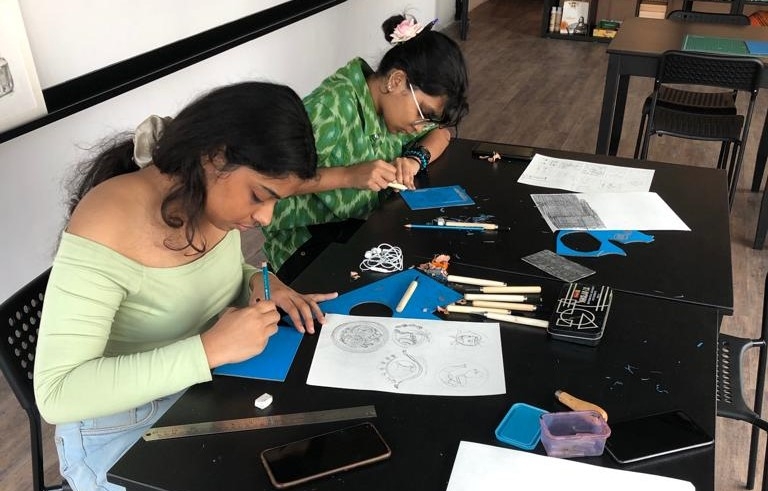
Short courses have really evolved the way we teach and learn in several ways. In art or design, it can help you build a new skill, learn a new technique or even help you sample something new before you dive in deep. In this piece, Harsimran Juneja, Co-Founder and Director at Uno Lona Academy, Mumbai aims to elaborate on how short-duration courses can help you as a student – or professional – and also mention a few points of concern that I believe are crucial for all to know.

Learning a new skill / technique
Be it physically or digitally, there’s a gamut of courses in art and design that teach you a new skill or a technique. For instance, Unolona Academy has a 3-month course in Ceramics that teaches you the fundamentals of hand-building in pottery or wheel pottery. For someone who is really keen on learning something new, especially in a niche segment, short courses could be very helpful.
However, the learning, as well as the exposure in short courses, are always limited. Even with the ceramics course, for example, the academy encourages you to continue your own practice after the course to really learn. Because in art and design, the more you learn – or rather do – by yourself, the better you’d understand.
Sample something new
As school students, you are often studying several subjects and engaging in a variety of activities. All perhaps from the perspective that once the foundation is built, as you get older, you can figure out what career path may be the best suited for you. Short courses can be a great way to sample that which is not available in your school. For instance, you could find a short course on creative writing, graphic design, illustration, etc. to get your hands dirty in figuring out what might be the best for you. Similarly, in this era of specialisation or hyper-specialisation, even professionals in the industry could adopt the same strategy to identify their future professional or education paths.
In either case, I believe it is important to be mindful of the fact that short courses may only be good for sampling. If you pursue short courses from the perspective of taking a shortcut to a career, then you might end up making a grave mistake. There may be several art and design courses out there that may claim that you can become an artist or a designer after taking a short course, but beware.
Upskilling
Upskilling has become more and more crucial in this fast-paced era of technological developments. As students or as professionals in the creative industries, you can now take several courses on the side that may make education or your job simpler. For instance, if you are working on a photography project for products, a short course in styling could help you add more weight to your visual imagery and aesthetics. Similarly, if you’re working as a jewellery designer, a short course in Rhino 3D could help you visualise your designs accurately for production.
But, finding upskilling courses is not always easy. Engage yourself in a thorough research to understand if a course is capable of satisfying what you seek. Reading reviews is generally advised before purchasing an upskilling course or speaking to someone skilled in that domain could be helpful too.
At Unolona Academy, we believe that short courses can be highly advantageous for students or professionals who seek bite-sized learning for either of the reasons mentioned above. Most take a self-learning journey post pursuing a short course and that is definitely encouraged.










